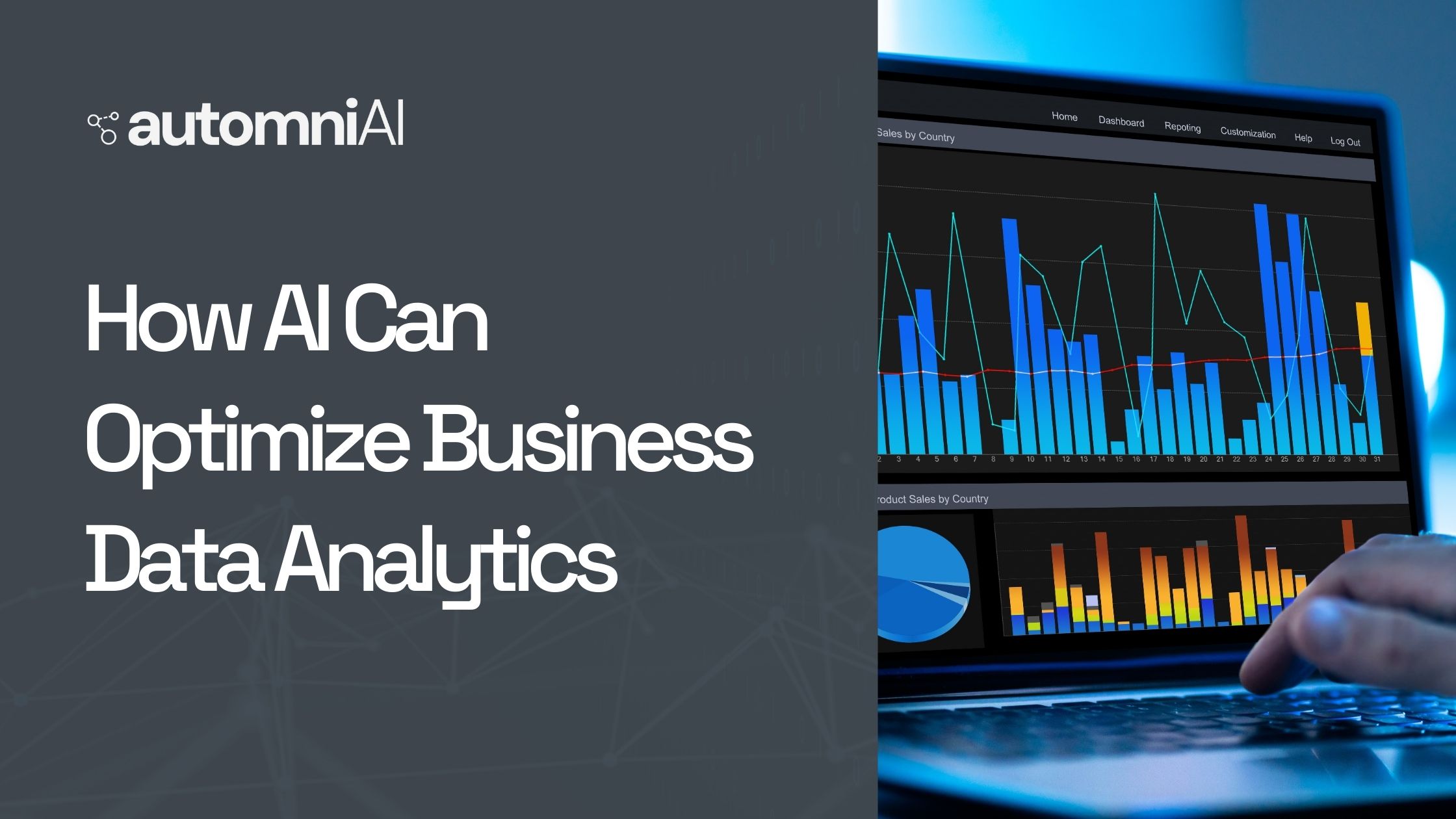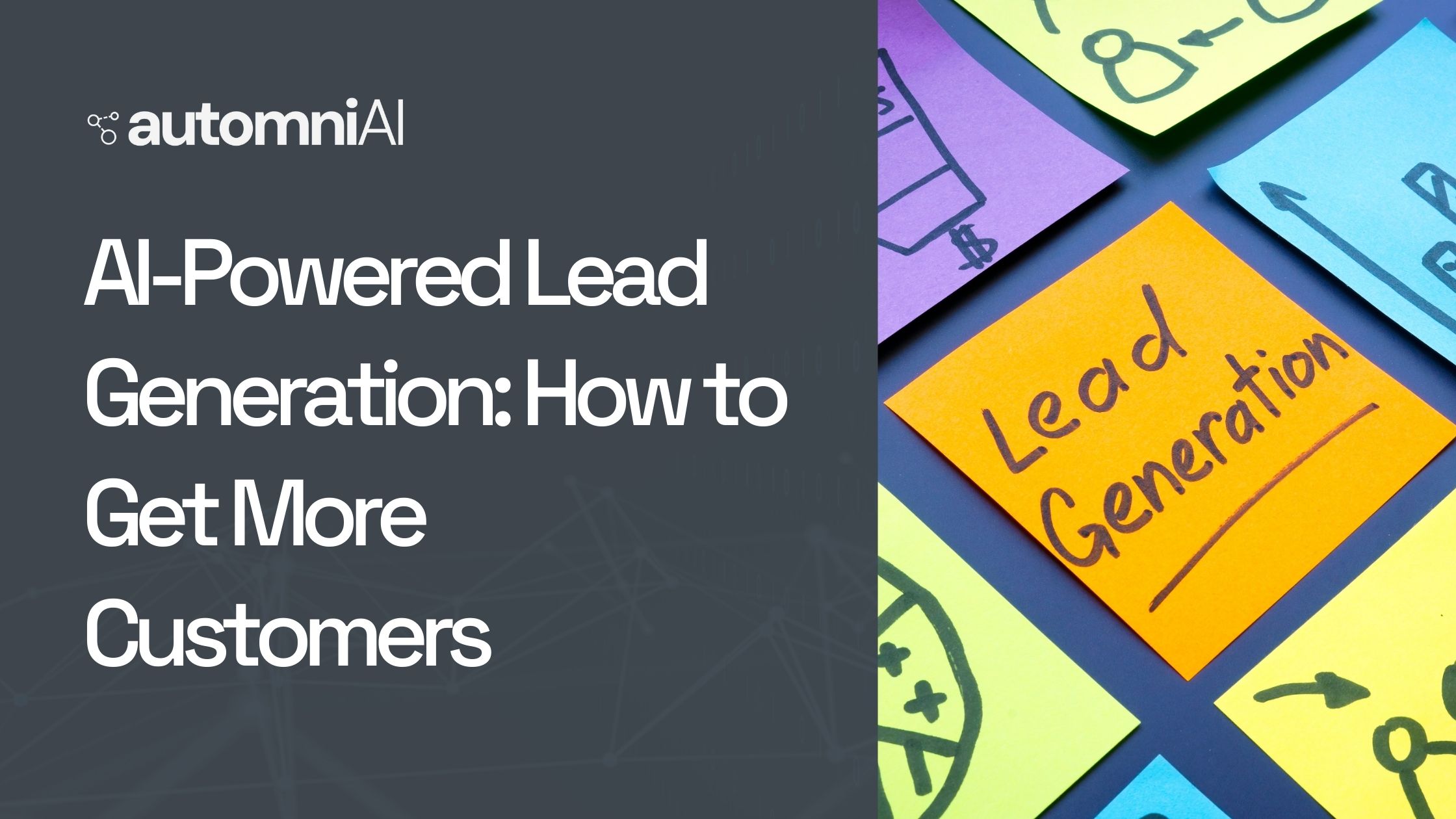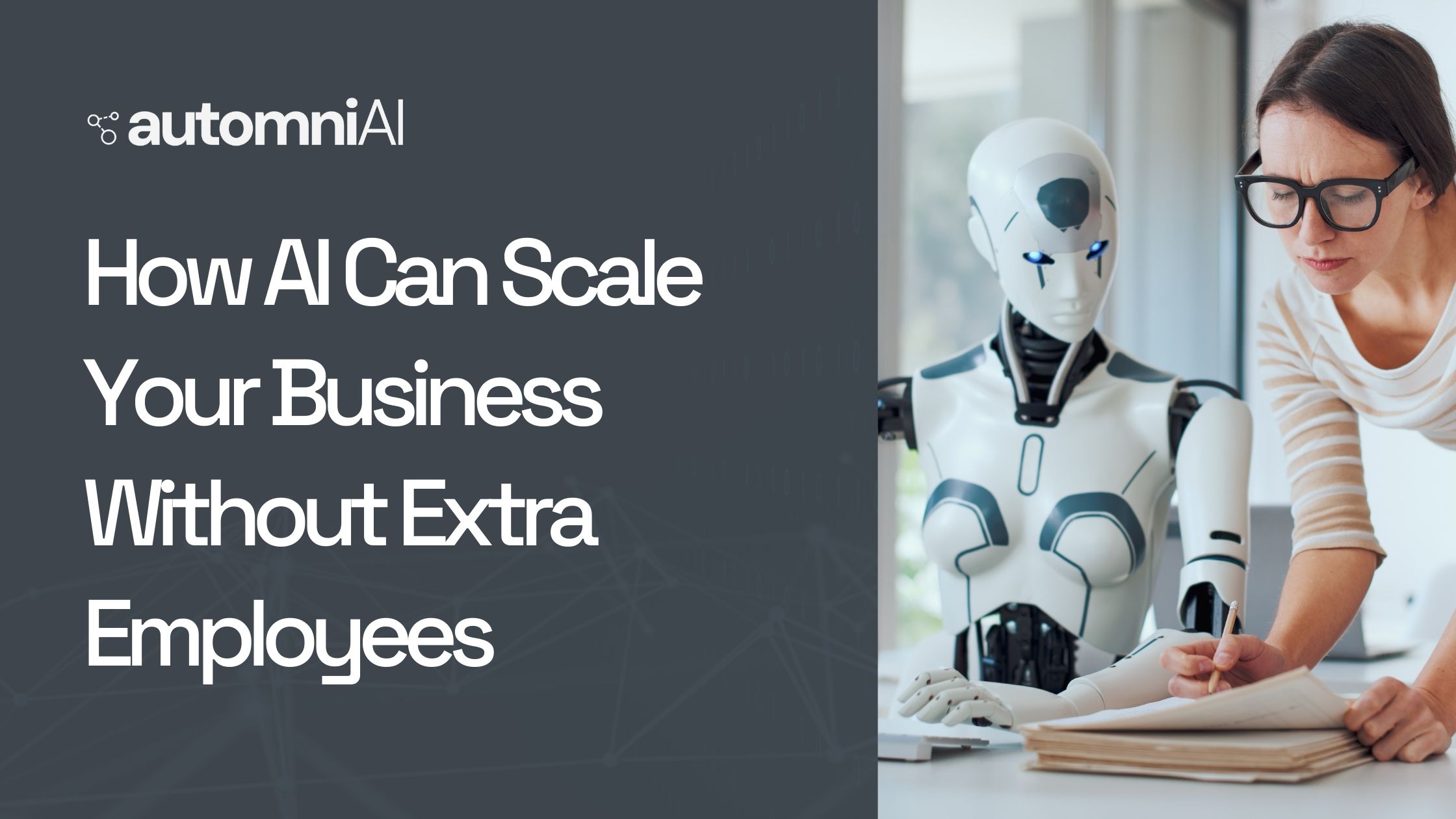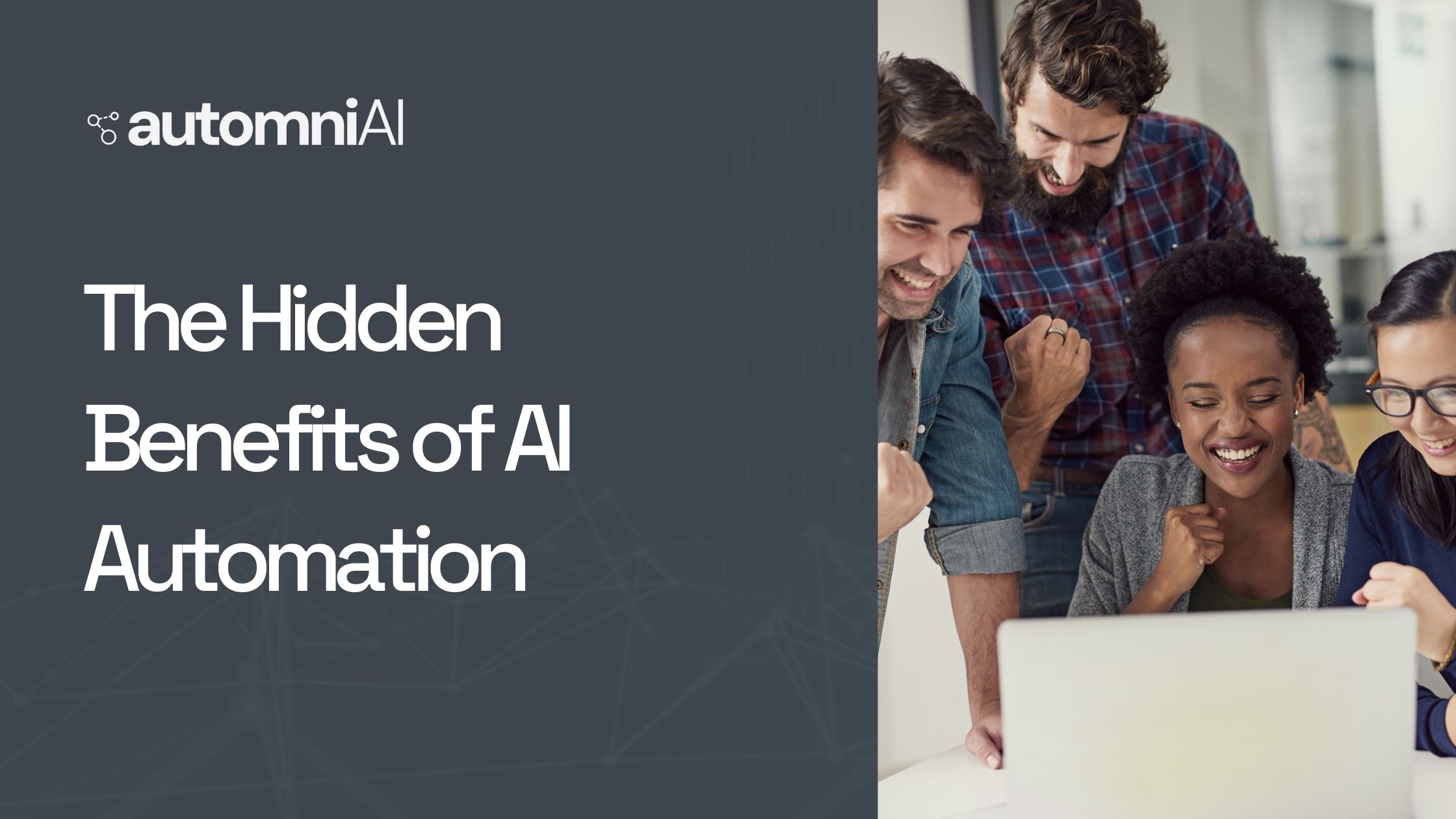In today’s digital world, businesses need more than just traditional marketing to attract and retain…

How AI Can Optimize Business Data Analytics
Businesses today generate massive amounts of data, and making sense of it is crucial for success. Traditional data analysis methods often fall short in handling large datasets efficiently. This is where artificial intelligence (AI) comes in. AI-powered analytics can process vast amounts of data quickly, extract meaningful insights, and help companies make data-driven decisions with greater accuracy.
From improving efficiency to predicting future trends, AI is transforming the way businesses analyze and use data. It enables real-time insights, automation, and predictive capabilities that were previously impossible. As businesses continue to compete in a data-driven world, leveraging AI in data analytics isn’t just an advantage—it’s a necessity.
The Role of AI in Data Analytics
AI has fundamentally changed data analytics by making it faster, smarter, and more automated. Unlike traditional methods, which require manual effort and predefined rules, AI-driven analytics use machine learning and deep learning to uncover hidden patterns in data.
- Machine Learning in Data Analytics: AI-powered models learn from historical data to identify patterns and trends. This helps businesses predict future outcomes and make better decisions.
- Automation in Data Interpretation: AI automates data processing tasks, reducing the need for human intervention and minimizing errors.
- Natural Language Processing (NLP): AI can analyze unstructured data, such as social media posts, emails, and customer reviews, providing businesses with deeper insights.
The ability of AI to process structured and unstructured data efficiently makes it an invaluable tool in business intelligence.
Key Benefits of AI in Business Data Analytics
AI brings numerous benefits to business data analytics, making it more efficient and reliable.
- Speed and Efficiency: AI-powered algorithms analyze data in seconds, allowing businesses to make quick decisions based on real-time insights.
- Reduction of Human Errors: AI eliminates manual data entry and processing errors, leading to more accurate reports and predictions.
- Predictive Analytics: AI helps businesses forecast market trends, consumer behavior, and potential risks, giving them a competitive edge.
- Cost Savings: Automating data analysis reduces labor costs and improves operational efficiency.
By integrating AI into data analytics, companies can extract valuable insights with minimal effort and maximize their decision-making capabilities.
AI-Driven Data Collection and Processing
AI enhances data collection and processing by automating complex tasks.
- Automated Data Gathering: AI scrapes data from various sources, including websites, social media, and IoT devices, to provide a comprehensive dataset.
- Data Cleaning and Structuring: AI identifies duplicate, missing, or inaccurate data and cleans it before analysis, ensuring high-quality insights.
- Real-Time Data Processing: AI processes incoming data instantly, allowing businesses to react to changes as they happen.
By automating these steps, AI eliminates time-consuming manual work and provides businesses with a more accurate and reliable dataset for analysis.
Predictive Analytics and Forecasting
Predictive analytics is one of the most valuable applications of AI in business. AI can analyze past data and predict future outcomes, helping businesses make strategic decisions.
- Market Trend Predictions: AI identifies patterns in consumer behavior and predicts market trends, allowing businesses to stay ahead of the competition.
- Demand Forecasting: AI models analyze sales data, seasonality, and market fluctuations to predict future demand and optimize inventory management.
- Risk Assessment and Mitigation: AI detects potential risks, such as financial fraud or operational disruptions, and suggests preventive measures.
With AI-driven predictive analytics, businesses can make proactive decisions, reducing uncertainty and improving overall performance.
Personalization and Customer Insights
AI-driven analytics revolutionizes customer experience by providing deep insights into consumer behavior and preferences. Businesses can leverage AI to deliver personalized recommendations and enhance customer engagement.
- Customer Behavior Analysis: AI tracks user interactions, purchase history, and browsing patterns to predict what customers want. This allows businesses to tailor marketing campaigns for better engagement.
- Personalized Recommendations: E-commerce platforms like Amazon and Netflix use AI to suggest products and content based on user behavior, increasing customer retention.
- Enhanced Customer Experience: AI-powered chatbots and virtual assistants provide instant responses, improving customer satisfaction and reducing response time.
With AI analyzing customer data, businesses can create hyper-personalized experiences that drive sales and foster customer loyalty.
AI in Fraud Detection and Security
Security threats are evolving, and AI plays a critical role in detecting fraud and ensuring data protection. AI-driven analytics helps businesses identify anomalies and prevent cyber threats in real time.
- Detecting Suspicious Patterns: AI uses machine learning to detect unusual transaction patterns that may indicate fraud, protecting businesses from financial losses.
- Preventing Cyber Attacks: AI-driven cybersecurity systems analyze network behavior to identify and stop potential threats before they cause damage.
- Enhancing Identity Verification: AI-powered biometric authentication, such as facial recognition and fingerprint scanning, strengthens security measures.
By integrating AI into fraud detection and cybersecurity strategies, businesses can safeguard their data and financial transactions more effectively.
AI-Powered Data Visualization
Raw data can be overwhelming, but AI makes it easier to understand by transforming complex information into visual insights.
- AI-Generated Dashboards: AI tools create real-time dashboards that display key performance indicators (KPIs) in an easy-to-understand format.
- Interactive Data Exploration: AI allows users to interact with data, generating insights through visual analytics without requiring technical expertise.
- Automated Reporting: AI automates report generation, summarizing data trends and performance metrics without manual effort.
With AI-powered visualization, decision-makers can quickly grasp trends and make informed choices based on clear, data-driven insights.
Real-Time Decision-Making with AI
AI enhances business agility by enabling real-time decision-making, helping companies stay competitive in fast-changing markets.
- AI-Driven Decision Support Systems: AI analyzes incoming data instantly, offering recommendations that help businesses respond quickly to market changes.
- Instant Risk Mitigation: AI detects potential risks and suggests immediate corrective actions, preventing costly mistakes.
- Case Studies of AI in Real-Time Decisions: Companies like Uber and Airbnb use AI to adjust pricing based on demand, ensuring profitability and customer satisfaction.
By integrating AI into decision-making processes, businesses can react faster to market trends, optimize operations, and stay ahead of competitors.
Challenges and Limitations of AI in Data Analytics
Despite its advantages, AI comes with challenges that businesses must address for successful implementation.
- Data Privacy Concerns: AI relies on vast amounts of data, raising concerns about how personal and business information is stored and used.
- AI Bias and Ethical Issues: AI models may develop biases based on the data they are trained on, leading to unfair decision-making.
- Cost and Implementation Challenges: AI integration requires significant investment in technology, talent, and infrastructure, making it difficult for smaller businesses to adopt.
Businesses must implement ethical AI practices, ensure transparency, and comply with data protection regulations to overcome these challenges.
AI Integration with Business Intelligence Tools
AI enhances traditional business intelligence (BI) tools, making them more powerful and insightful.
- Enhancing BI Platforms with AI: AI improves data processing speed, accuracy, and predictive capabilities, transforming BI from reactive to proactive.
- Seamless AI-BI Integration Strategies: Businesses can integrate AI-powered analytics tools with existing BI platforms to gain deeper insights.
- Popular AI-Powered BI Tools: Tools like Tableau, Power BI, and Google Data Studio now incorporate AI for advanced analytics and automation.
By combining AI with BI tools, businesses can unlock new levels of efficiency and make smarter decisions based on real-time insights.
AI and Big Data: A Powerful Combination
Big data analytics is essential for modern businesses, and AI plays a key role in handling massive datasets.
- AI in Big Data Management: AI automates data classification, cleansing, and storage, making big data analysis more efficient.
- Handling Large Datasets: Traditional analytics struggle with big data, but AI can process large volumes in real time, extracting valuable insights.
- AI-Driven Big Data Use Cases: Industries like healthcare, finance, and retail use AI to analyze customer trends, optimize supply chains, and detect fraud.
AI-powered big data analytics enables businesses to make more accurate predictions and drive better decision-making.
Future Trends in AI and Data Analytics
AI continues to evolve, and its impact on business analytics will only grow.
- Autonomous AI-Driven Analytics: Future AI systems will become more autonomous, requiring minimal human intervention to analyze data and generate insights.
- AI in Edge Computing: AI will process data closer to the source (e.g., IoT devices), reducing latency and improving real-time decision-making.
- AI Innovations Shaping the Future: Technologies like quantum computing and advanced neural networks will further enhance AI’s capabilities in data analytics.
Staying ahead of these trends will help businesses maximize AI’s potential in data analytics.
Case Studies of AI in Business Analytics
Many companies have successfully integrated AI into their analytics processes, demonstrating its transformative power.
- Amazon: Uses AI for personalized recommendations and supply chain optimization, improving efficiency and customer satisfaction.
- Google: Leverages AI for search algorithms, ad targeting, and predictive analytics to drive business growth.
- Healthcare Industry: AI-powered analytics helps hospitals predict patient needs, optimize staffing, and improve treatment plans.
These case studies highlight how AI is reshaping industries and driving business success through data analytics.
AI has revolutionized business data analytics, making it faster, smarter, and more efficient. By leveraging AI-powered tools, businesses can enhance decision-making, improve customer experiences, and stay ahead of the competition.
From real-time insights to predictive analytics, AI transforms raw data into actionable strategies. While challenges like data privacy and AI bias must be addressed, the benefits far outweigh the risks. Companies that embrace AI-driven analytics will gain a significant edge in today’s data-driven world.
Frequently Asked Questions (FAQs)
1. How does AI improve business data analytics?
AI enhances data analytics by automating data processing, reducing errors, and providing real-time insights for better decision-making.
2. Can small businesses use AI for data analytics?
Yes, many AI-powered analytics tools are affordable and accessible to small businesses, helping them analyze customer data and optimize operations.
3. What industries benefit the most from AI in data analytics?
Industries like healthcare, finance, retail, and manufacturing leverage AI for predictive analytics, fraud detection, and customer insights.
4. What are the risks of using AI in data analytics?
Potential risks include data privacy concerns, AI bias, high implementation costs, and ethical challenges. Businesses must adopt responsible AI practices.
5. What is the future of AI in business analytics?
AI is expected to become more autonomous, integrating with edge computing and advanced neural networks to further enhance data analysis capabilities.




Comments (0)